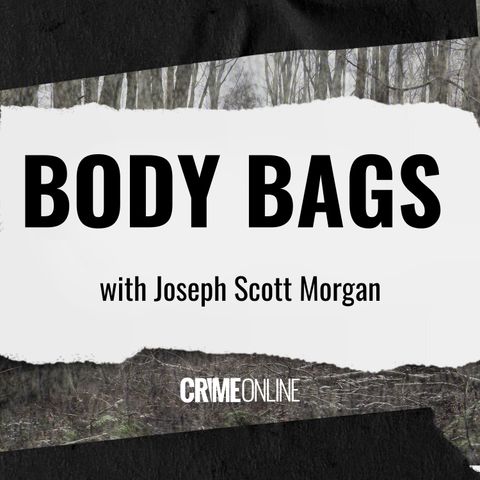Joysee Cartagena's coworkers at JetBlue know something is awry when she fails to log in for work—a complete break from her reliable character. Soon after, her lifeless body is found in her home in Sanford, Florida, a zip tie around her neck igniting a slew of investigative questions. Joseph Scott Morgan and Dave Mack dissect the intricacies of Joysee's perplexing death, weaving together cutting-edge forensic science with real-world implications. The hosts explore everything from forensic markers like ligatures and Tardieu spots to the complex relationship dynamics between Joysee and her boyfriend, Joel Bauza. As they delve into the timeline, scrutinize the evidence, and discuss the eventual charges, their unwavering goal remains: to shed light on the truth behind Joysee's untimely death. Time codes: 00:00:00 — Joseph Scott Morgan introduces the complexities of death investigation. The discussion opens with abnormal elements that investigators often encounter. 00:01:40 — Joe delves deeper into the relevance of zip ties in an ongoing case in Sanford, Florida. He details their significance in the overall forensic investigation. 00:03:20 — Dave Mack introduces the story of Joel Bauza and Joysee Cartagena. He portrays Joysee as a caring individual who always put others first, while Joel appears financially dependent on her. 00:04:40 — Joysee's work history and her job at JetBlue are discussed. Dave reveals how important her career was to her. 00:05:00 — The red flag goes up when Joysee misses work. Her coworkers' immediate concern sets the stage for the investigation. 00:05:40 — Emphasizing the importance of timelines in death investigations, Joseph Scott Morgan argues that every minute counts when piecing together the facts. 00:07:42 — Morgan brings up the uncommon circumstances surrounding Joysee’s death. The atypical nature of the case required extra attention from detectives and crime scene techs. 00:09:08 — Dave discusses the zip tie and signs of a struggle. He lays out potential scenarios that could explain Joysee’s untimely death. 00:10:39 — Suicide as a possible result of a domestic dispute is pondered. It’s a heartbreaking thought, yet critical to the investigation. 00:11:11 — Joe Scott instructs on letting the environment of a crime scene "speak" to the investigator. He warns against being influenced by others present. 00:16:00 — The importance of leaving a ligature in place at a crime scene is brought to light. It’s a detail that can have far-reaching implications. 00:17:40 — Morgan questions why the ligature was not removed in Joysee’s case. The unanswered action hints at a potential suspect. 00:19:00 — Joe Scott explains the process of proving a suicide and emphasizes the importance of treating all deaths as homicides until proven otherwise. 00:23:00 — Dave points out delays in the criminal justice process. 00:25:00 — The physical evidence, particularly multiple abrasions on Joysee’s body, is dissected. Joe Scott posits that these suggest a struggle. 00:30:13 — Joseph Scott Morgan introduces the topic of ligatures, which are often seen in hangings. He provides an insight into the presence of Tardieu spots, a specific type of petechiae, and how they appear in cases of strangulation. 00:33:21 — The hosts discuss the pressure points on a zip tie during strangulation and how they can be traced post-mortem. 00:37:20 — Addressing mental health, Joseph Scott Morgan acknowledges listeners struggling with suicidal thoughts, provides the Suicide and Crisis Lifeline number, and emphasizes the importance of seeking help.See
omnystudio.com/listener for privacy information.

